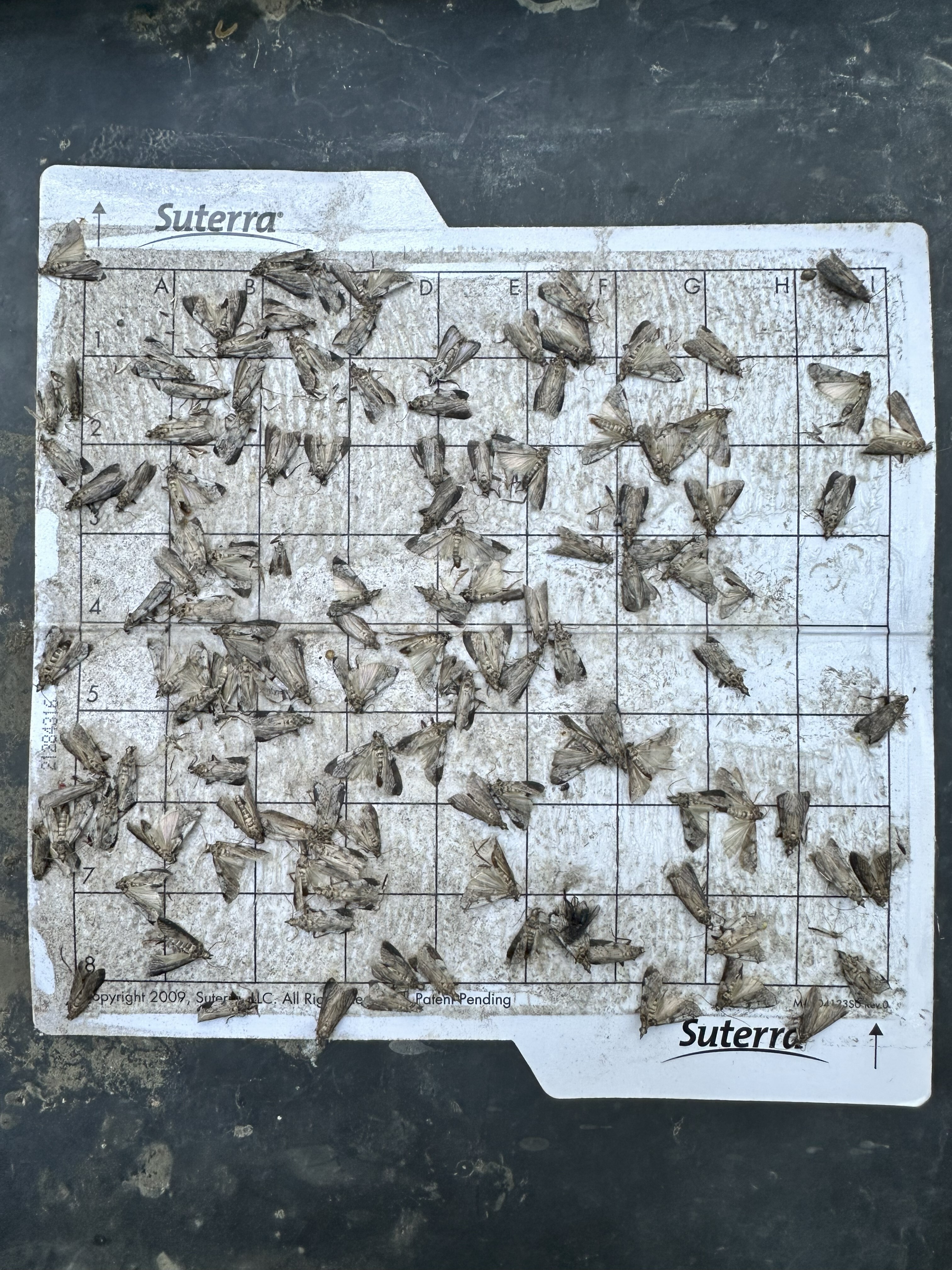An Explanation of Semiochemicals and Their Role in Integrated Pest Management
Suterra
Jun 30, 2025 9:05:21 AM


Suterra has been at the frontline of mating disruption development for decades. Our entomologists and chemists have dedicated their professional careers to the study of insect chemical ecology. Years of development experience coupled with niche knowledge of pheromones allows Suterra to provide growers with specialized mating disruption products for many different crops and pests.
We’d like to share our expertise on semiochemicals; the chemical signals that organisms use to communicate in nature. The study of semiochemicals is what led to the eventual creation of mating disruption.
Semiochemicals: The Silent Language of Nature
Semiochemicals are naturally occurring, organic compounds. They allow for non-verbal communication in nature between plants and animals. Insects are able to detect semiochemicals present in air using olfactory receptors like sensilla (small hair-like fibers) on their antennae.

Image: Figure 19. Insect sensilla and antennae (Schroeder et al., 2018).
Classification of Semiochemicals
There are several plant and insect interactions possible under the umbrella of semiochemicals. It can be difficult to conceptualize the different levels of interactions, so we’ve provided a chart to help keep things organized.
 Image: Emily Symmes, Senior Manager Technical Field Services, Suterra.
Image: Emily Symmes, Senior Manager Technical Field Services, Suterra.
Semiochemicals can be exchanged between members of the same species (e.g. honey bee to honey bee) or members of different species (e.g. honey bee to flower). When exchanged between different species, the semiochemicals are referred to as allelochemicals, but if exchanged between individuals of the same species they are referred to as pheromones.
Allelochemicals are divided further into allomones, kairomones, and synomones based on the relationship between the emitter and the receiver organisms. This means that for each of the three allelochemical subcategories, one organism emits a substance, and the other receives it and reacts in a specific way. This interaction is denoted in the graphic through a + or – sign. For example, +/- indicates the emitter of the chemical signal has a positive outcome and the receiver has a negative outcome.
Allomones benefit the emitter but harm the receiver, in the same way a stink bug may protect itself from a group of hikers by putting out a strong odor.
Kairomones are the opposite; they work against the emitter and benefit the receiver. One of the most well-known kairomone examples are scent volatiles released from nut crops during hull split that attract navel orangeworm egg deposition.
Synomones are the most positive of the categories, as both organisms benefit from their release. For example, bees are drawn to the odor of pollen for feeding, and almonds (some varieties) require pollination to move to the next stage of crop development.
Pheromones on the other hand are categorized by the behaviors they trigger in a species. There are a multitude of pheromones in insects such as sex, aggregation, alarm, and trail. Sex pheromones (Suterra’s primary focus) are used by female insects to attract males for courtship and reproduction. Aggregation pheromones are used by bark beetles to bring individuals to a central feeding location, alarm pheromones by aphids when crushed to alert others of potential danger, and trail pheromones by ants to guide colonies to food resources.
Semiochemicals are responsible for a wide range of behaviors, allowing insects to communicate in ways invisible to humans.
Current Applications in Integrated Pest Management
Current applications of semiochemical signaling compounds include pest management tools like insect monitoring lures, and mating disruption for agriculture or stored product environments. Replicas of insect sex pheromones, such as those manufactured by Suterra, interfere with insect communication to prevent reproduction. Utilizing the right delivery system to distribute high-quality pheromone evenly throughout the environment effectively reduces pest populations.
The next time you see Suterra mating disruption in the field, think about the numerous insect interactions hidden in plain sight! See Suterra’s complete portfolio of pheromone products here and contact one of our experts for questions related to mating disruption.